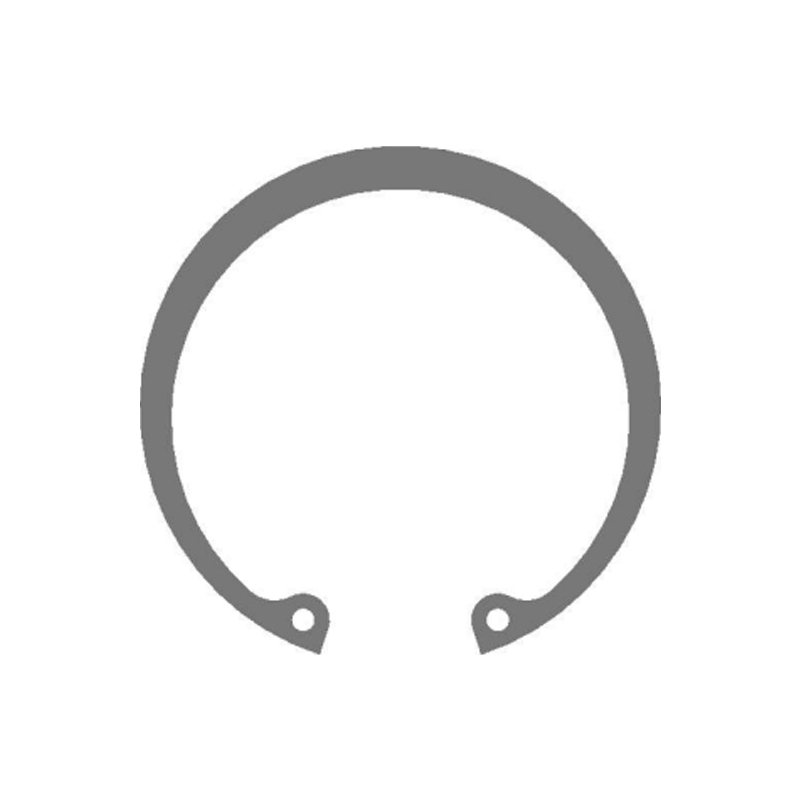The choice of heat treatment and surface coating plays a critical role in enhancing the mechanical properties and corrosion resistance of stamping circlips. Here's how these factors affect their performance:
Heat Treatment:
-
Hardening and Strengthening:
-
Heat treatment processes such as quenching and tempering can significantly increase the hardness and tensile strength of the material used in stamping circlips. By heating the material to a high temperature and then rapidly cooling it (quenching), followed by controlled reheating (tempering), manufacturers can achieve a higher hardness that is ideal for applications requiring strength and resistance to wear.
-
This is especially important for circlips, as they need to maintain their shape under load without bending or breaking, especially in high-stress environments.
-
-
Relieving Internal Stresses:
-
Heat treatment processes like stress relieving can help reduce internal stresses within the material, which may have been introduced during the manufacturing process (such as during stamping). Stress relieving improves dimensional stability and reduces the risk of distortion and springback.
-
-
Impact Toughness and Durability:
-
Through annealing (a process of controlled heating followed by slow cooling), materials can achieve increased toughness. This makes the circlips less likely to fracture under sudden impact or extreme mechanical stress, which is particularly beneficial in dynamic applications such as automotive or industrial equipment.
-
-
Improved Elasticity:
-
Certain heat treatments can improve the elastic properties of the material, which is crucial for circlips that need to function under repeated loading and unloading. This helps maintain their spring action over a longer lifespan.
-

Surface Coating:
-
Corrosion Resistance:
-
Surface coatings like galvanizing (zinc coating), phosphating, or chrome plating provide a protective layer that helps prevent rust and corrosion. Circlips, often used in harsh environments (e.g., automotive or outdoor machinery), benefit significantly from coatings that provide an additional layer of defense against moisture, salt, or other corrosive elements.
-
Coatings like passivation (which forms a protective oxide layer on stainless steel) are especially effective for corrosion resistance in more aggressive environments.
-
-
Wear Resistance:
-
Coatings such as black oxide or hard chrome increase wear resistance, reducing friction and improving the durability of the circlips. This is especially important for parts that are subject to high amounts of movement or friction, such as in rotating machinery.
-
-
Aesthetic and Non-stick Properties:
-
Surface coatings like paint or powder coating not only improve corrosion resistance but can also be used for aesthetic purposes, providing a uniform color and appearance. Additionally, certain coatings can provide non-stick properties, reducing material build-up on the circlips in specific applications.
-
-
Lubricity:
-
Some coatings, such as PTFE (polytetrafluoroethylene) or PTFE-based coatings, provide additional lubricity, which can help reduce friction during installation or operation. This can improve the performance of circlips in dynamic environments by minimizing wear and tear.
-
-
Fatigue Resistance:
-
The application of coatings can help reduce fatigue by protecting the surface from abrasions, scratches, or pitting, which are common causes of premature failure in high-stress environments. This extends the life cycle of the circlip and ensures that it maintains its functionality over time.
-

















